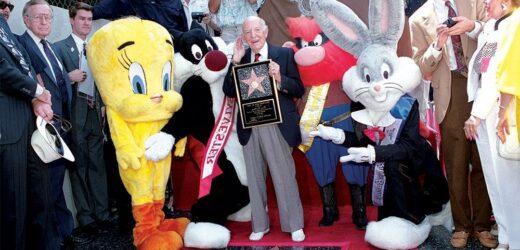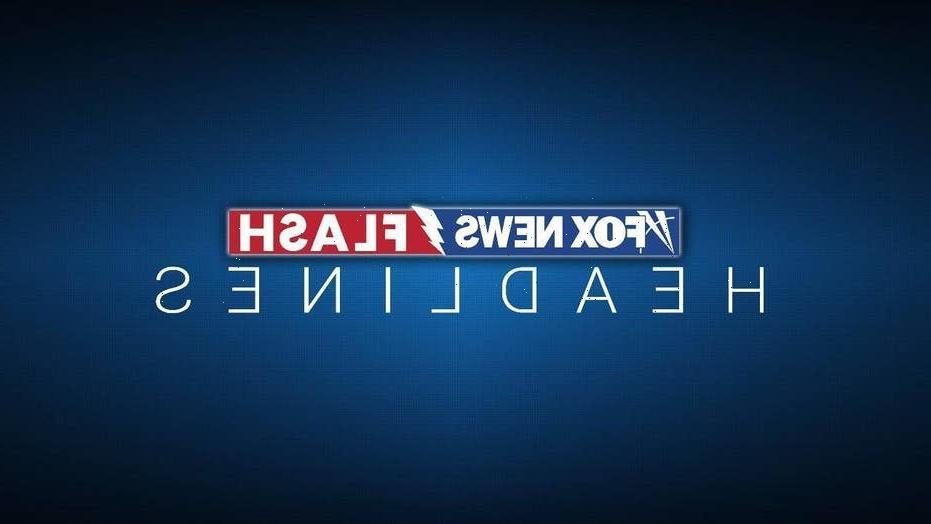Lifelong addiction to Looney Tunes and their imaginary characters and real creators is not required to enjoy journalist Jaime Weinman’s “Anvils, Mallets & Dynamite: The Unauthorized Biography of Looney Tunes,” but it will help the reader stay engaged when the tome becomes, shall we say, a bit academic.
Any “serious” accounting of that place once known as “Termite Terrace” on the Warner lot is immediately courting danger when the imaginary subjects of your scholarship are known as “Bugs,” “Daffy,” “Porky,” et al and the “real” people have such names as “Tex,” “Chuck” and “Friz.”
Detailing the creative origins of “that Oscar-winning rabbit, Bugs Bunny,” as Warner Bros. was proud to note, Weinman writes “Tex Avery’s ‘A Wild Hare’ is the film that established Bugs’ accent, his catchphrase, and his attitude. Avery created the blueprint that all directors would follow.”
All historically correct, but perhaps missing the cosmic and/or comic dimensions of that particular “Big Bang” moment. But if Weinman’s prose tends to be more serviceable than scintillating, his tome more than makes up for that deficit in providing a very densely packed, detail-oriented historical look at a legendary hotbed of animated mayhem and comedic magic.
Weinman draws upon seminal works that precede his ambitious “biography,” and the book’s sources include works by animation scholars and pros including Joe Adamson, Jerry Beck, Will Friedwald and Michael Barrier.
One of the pleasures of the book is Weinman’s focus on the dichotomy between the early anarchic, edgier works and the perhaps more famed and acclaimed works from the 1950s, dominated by the lofty creative goals and ideals of animation giant Chuck Jones.
One early Tex Avery cartoon, “Daffy Duck & Egghead” (1938), embodies that wild, swing for the fences approach. Weinman writes: “We see stock gags refined in a way that makes them distinctively Warner Bros. gags. … A 1937 cartoon by director Frank Tashlin, ‘The Case of the Stuttering Pig,’ features a running gag where the villain looks out into the audience and taunts a spectator.
“In ‘Daffy Duck & Egghead,’ a short, bulbous-nosed, humanoid hunter … repeatedly tries to get a silhouetted audience member to sit down and stop interrupting the picture. The third time the guy stands up, Egghead shoots him and the silhouette does a very elaborate, over-the-top death scene, spinning around and finally falling flat on his back. … The idea of characters interacting with the audience, combined with Avery’s love of surprise and the increasing knowledge that censors would allow cartoons to get away with a level of violence that they would never approve in any other kind of film, brings the studio one step closer to maturity, and it only took a year.”
That time and place of boundless imagination and fearlessness included crossing business lines that today would almost certainly lead to litigation. As Weinman notes, the creation of Bugs really began down the road where America’s king of animation reigned supreme. Bugs was “borrowed” from Disney.
“Bugs Bunny is nothing but Max Hare,” Frank Tashlin said late in his life, referring to a character in the Disney cartoon “The Tortoise and the Hare” (1935). Weinman is careful to underline the importance of that particular act of larceny in the larger history of American animation and he adds the voice of Bugs’ “creator” Avery, who was less sanguine about the “birth” of Bugs.
“Mr. Disney was polite enough to never mention it. … People had been copying him for years … but he never did complain. He evidently looked upon us as parasites.” You might even call them “termites.”
Source: Read Full Article


